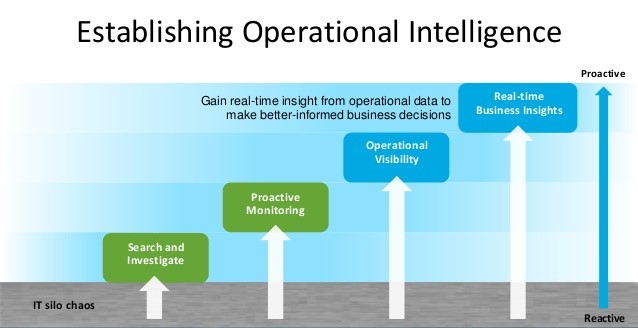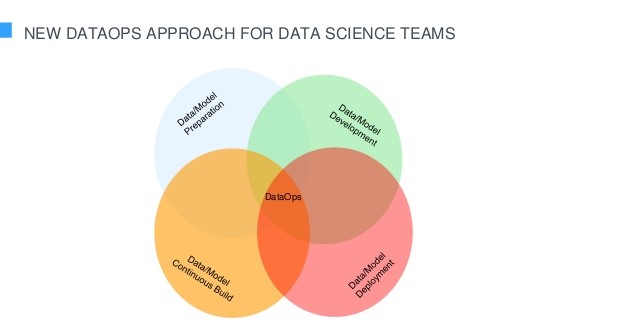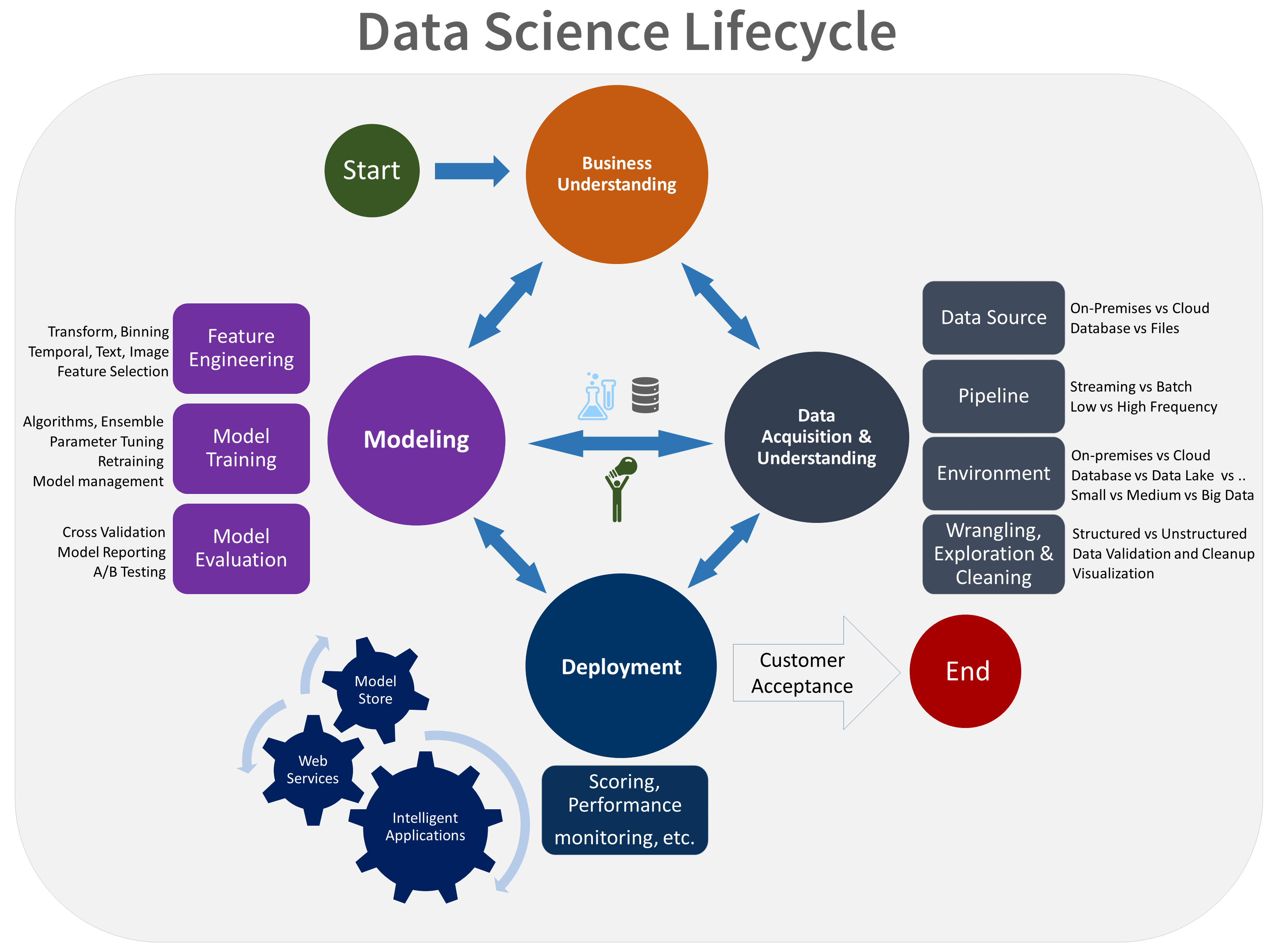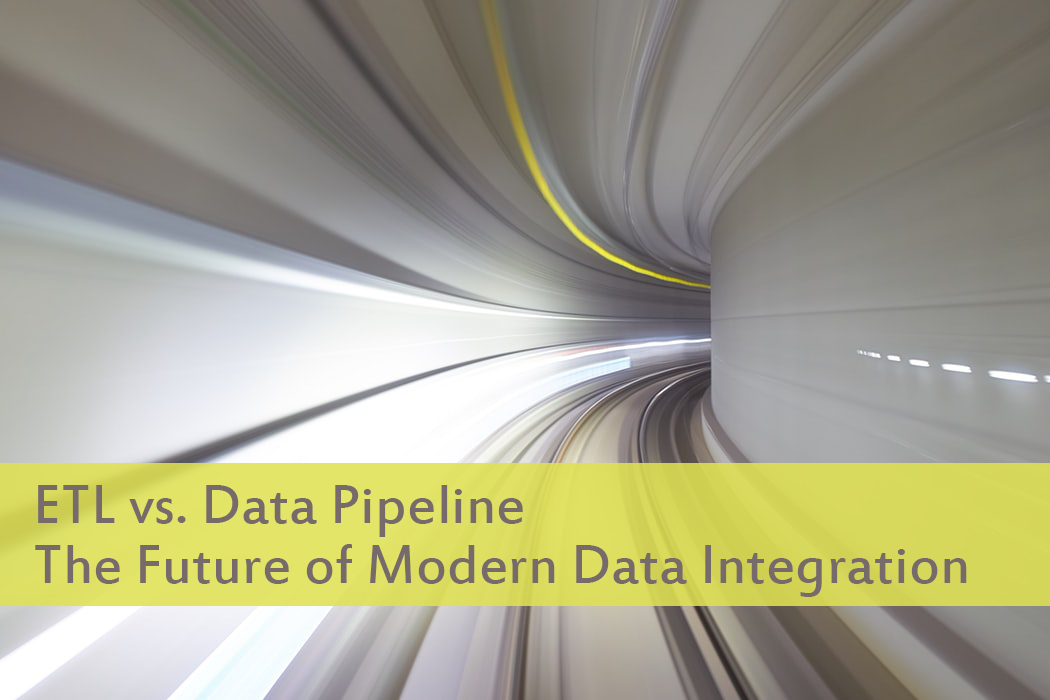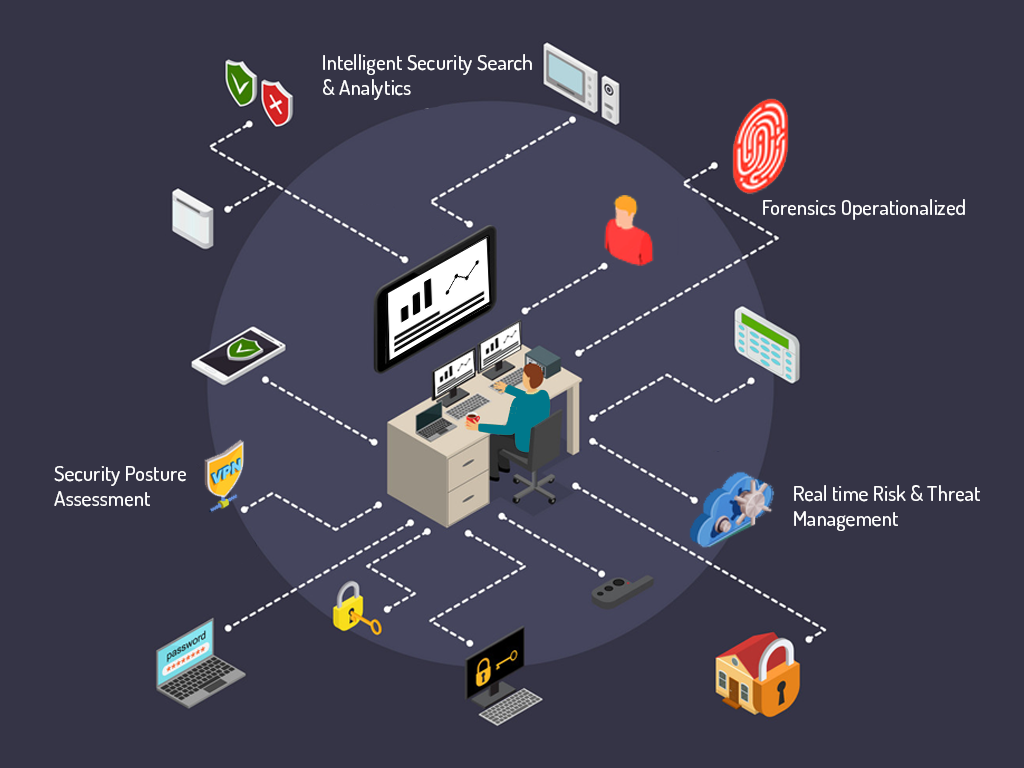I’m interested in...
Digital Modernization
Today’s digital modernization leaders seek to modernize core business models or face their existential threat as compared to a decade ago when digital modernization was centered around workflow automation, creating efficiency, and enhancing quality. Today’s digital modernization has resulted in a new business model in the new economy. This has created the largest taxi company that owns no cars (Uber/Lyft), the largest hotel system that owns no real estate (Airbnb), the largest payment system that manages no credit cards (Venmo), and the largest healthcare system that eventually pays no claims but pays for value of care (Centers for Medicare & Medicaid Services). eSimplicity’s team of digital strategists, designers, and developers collaborate to identify and discern best technologies such as cloud, mobile, and cognitive intelligence to create a world of new opportunities for organizations. Our modernization approach starts with user research to understand current and to-be business models, customer and operational continuity requirements, organizational workforce and skillsets, and legacy systems. Applying our agile and human-centered solutions, eSimplicity helps organizations garner value out of their existing systems and start using new technologies for innovation and growth.
Product Development and Optimization
eSimplicity delivers minimally viable and minimally marketable products in 90 days to both commercial and government organizations. Embracing change, adapting, and continuous software delivery are some of the principles that embodies the core of our culture. Using an iterative, data-driven exercise, eSimplicity makes a subset of changes at a time and measures the results (same, better or worse) with a subset of your users. We help organizations to optimize efforts while measuring and avoiding the pitfalls along the path to their ultimate goal.

User Experience (UX) Design
No design is precious. The best products are defined by change and listen intently to their users. A delightful interaction with technology is meeting someone, calmly and thoughtfully in their moment of need, and handing them just the thing that will enable their humanity—and not more. When you want to create a truly desirable, viable, feasible, and engaging user experience, you need a design team that focuses on the outcomes, not just the features. eSimplicity emphasizes the user experience with each touchpoint the user interacts with throughout the journey. Our UX designers use what we learn about the targeted end-users to design without limits and derive several potential solutions to solve a user’s problem.
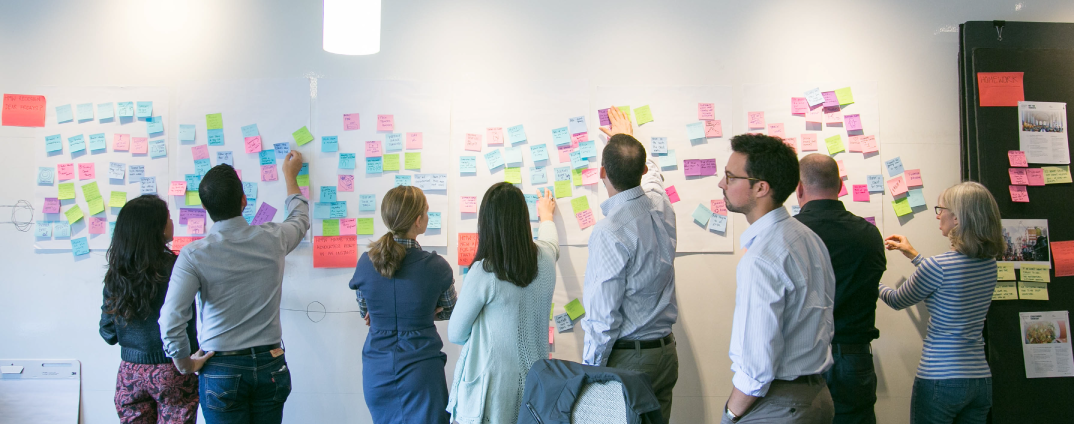
User Research
The best products are defined by change and intently listening to the users. To create a truly desirable, viable, feasible, and engaging user experience requires a design team that focuses on the outcomes, not just the features. eSimplicity emphasizes the user experience with each touchpoint the user interacts with throughout the journey. Our UX designers use what is learned about the targeted end-users to design without limits and to derive several potential solutions that solves users’ problems.
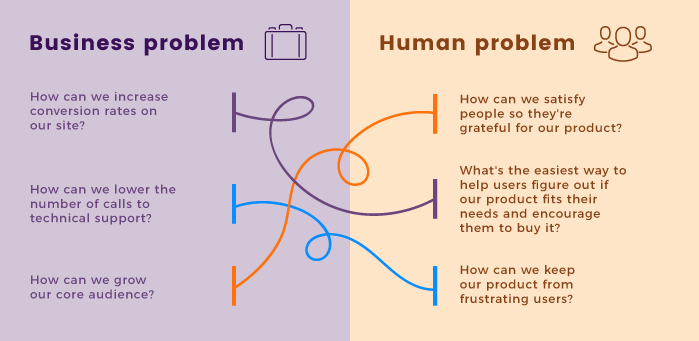
DevSecOps Pipeline
Our SIMPLE™ DevSecOps Pipeline helps us quickly deliver quality applications and data pipelines. We take a solution delivery procedure and decompose it into its smallest number of logical steps, then automate and sequence those steps into a repeatable delivery process that is instrumental to the success of any Agile project. Over the years, eSimplicity has matured a robust and highly automated DevSecOps pipeline. This allows us to deliver working software rapidly and incrementally, building the most valuable parts of the product first and facilitating continuous testing and feedback.
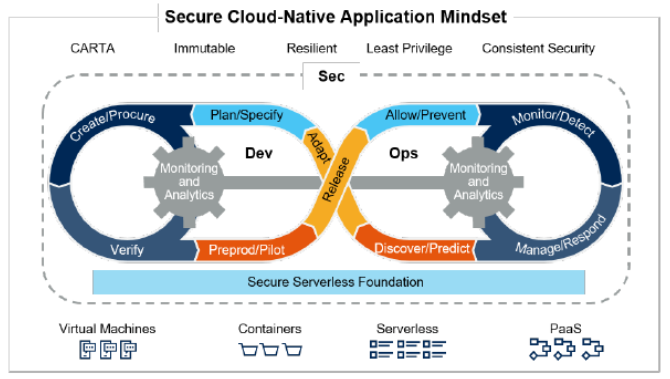
Security
eSimplicity’s SIMPLE™ Operational Intelligence Toolkit expedites the implementation and on-going operational support for system auditing, detecting threats, and preventing intrusions and malware attacks. Our security engineers implement the latest technologies for application log monitoring and analysis (e.g., Splunk), enterprise security information and event management (SIEM) (e.g., Qradar), and data ops (e.g., Palantir). We use interactive dashboards, real-time alerts for all the notable events to monitor activities, track authorization, and manage data access and flow through the system.
